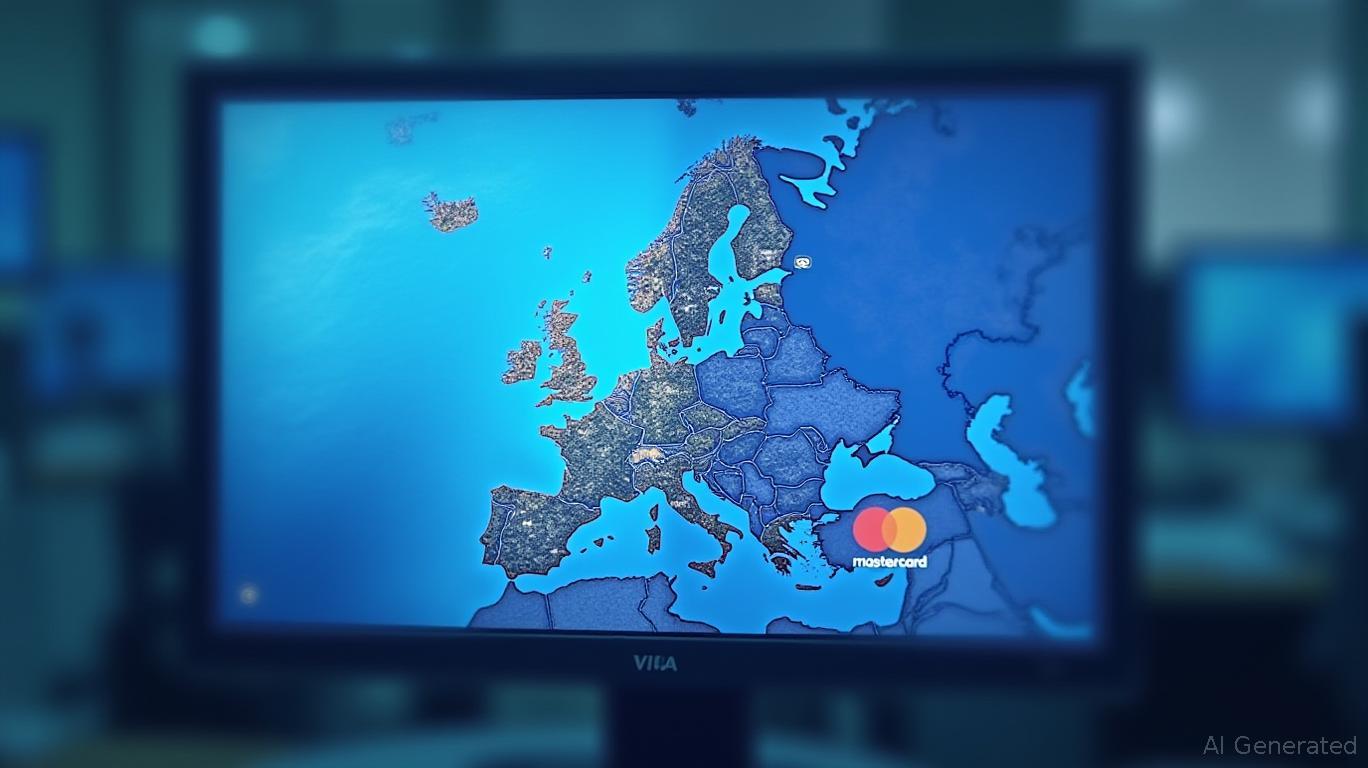Motorola Razr 2025: A Foldable Play for Growth in a Competitive Market
Motorola’s 2025 Razr family, now available at T-Mobile and Metro by T-Mobile, marks a bold strategic move to carve out space in the growing foldable smartphone market. With three models—Razr, Razr+, and Razr Ultra—Motorola is aiming to balance affordability, premium features, and AI integration in a category dominated by Samsung. But can this trio of devices, backed by T-Mobile’s aggressive pricing strategies, translate into meaningful market share gains? Let’s break it down.

The Razr Family: A Trio of Ambition
The Razr lineup targets three distinct segments:
1. Budget-Breaker: The base Razr 2025 starts at $699 but drops to $319.99 with Metro’s Flex Unlimited Plus plan. This price point aims to lure budget-conscious consumers, leveraging T-Mobile’s trade-in deals (up to $1,000 off) to undercut Samsung’s Galaxy Z Flip 6 ($1,049).
2. Mid-Tier Muscle: The Razr+ 2025 ($999) offers a Snapdragon 8s Gen 3 chip and a 50MP telephoto lens, competing with Oppo’s Find N3 Flip ($899) and Xiaomi’s Redmi Fold 3 ($799).
3. Premium Pinnacle: The Razr Ultra 2025 ($1,299) boasts a 7-inch display, 16GB RAM, and AI-centric features like an “Image Studio” for on-device image generation. This model directly challenges Samsung’s Galaxy Z Flip 6 ($1,049) and Huawei’s P60 Fold ($1,499).
The partnership with T-Mobile is critical here. shows that Motorola’s stock has lagged behind Samsung’s, but T-Mobile’s discounts could shift the calculus. For instance, the Razr Ultra’s $1,299 price is softened by $600 bill credits over two years when adding a new line—a move that could boost adoption among T-Mobile’s 100+ million subscribers.
The Foldable Market: A War of Inches (and Dollars)
The foldable segment is booming, with global shipments projected to hit 54.7 million units in 2025 (up 53% from 2023). But the battlefield is crowded:
- Samsung’s Monopoly: Holds 60% of the foldable market, thanks to its ecosystem dominance (DeX mode, app compatibility) and early mover advantage.
- Chinese Challengers: Huawei and Xiaomi are gaining traction in emerging markets, leveraging lower prices and 5G innovation.
- Motorola’s Play: Focuses on affordability and design differentiation. The Razr Ultra’s wood-textured back (Mountain Trail edition) and Alcantara finishes (Scarab) cater to style-conscious buyers, while the Razr+’s 4-inch outer screen offers a functional edge over rivals.
highlights Motorola’s uphill climb: it holds just 6% of the foldable market compared to Samsung’s 60%. Yet, its strategy of splitting the lineup into budget, mid-tier, and premium tiers could help nibble at margins.
AI as a Differentiator: Can Moto AI Stack Up?
Motorola’s Moto AI suite—features like “Next Move” (context-aware suggestions) and “Look and Talk” (face-activated voice commands)—is a key selling point. Partnerships with AI models like Gemini and Copilot give it flexibility, but execution matters. show Motorola’s scores at 81%, vs. Samsung’s 88%, suggesting room for improvement.
The Razr Ultra’s dedicated AI button and 3-month free trials for Gemini Advanced could attract early adopters, but long-term success hinges on seamless integration. Apple’s iPhone and Samsung’s Bixby still set the standard, so Motorola needs to overdeliver here.
T-Mobile’s Role: A Double-Edged Sword
T-Mobile’s exclusive deals and 5-Year Price Guarantee (locked rates for subscribers) are game-changers.
However, reliance on one carrier is risky. If T-Mobile’s subscriber growth stalls, Motorola’s foldable ambitions could falter. Still, T-Mobile’s 43% YoY foldable sales growth in 2023 (vs. 38% globally) suggests momentum.
The Bottom Line: A Niche Player’s Fight for Relevance
Motorola’s Razr 2025 series is a calculated gamble. It leverages T-Mobile’s pricing power and its own design flair to target underserved niches: eco-conscious buyers (50% recycled materials by 2025), style-focused users, and budget shoppers.
shows a modest gain from 5% to 5.2%, but in foldables, its share remains tiny. To scale, Motorola must:
1. Double down on AI: Turn Moto AI into a must-have feature.
2. Expand beyond T-Mobile: Seek partnerships in India and Latin America, where it holds 20.5% and 3.5% market share, respectively.
3. Sustain premium innovation: The Razr Ultra’s 7-inch screen and AI tools are compelling, but execution must match ambition.
In conclusion, the Razr 2025 series is a promising play—but unless Motorola can crack the premium foldable market (where Samsung reigns) or replicate its mid-range success in emerging regions, its impact will remain niche. For investors, it’s a “wait-and-see” story: watch Motorola’s Q2 2025 sales reports and T-Mobile’s subscriber growth to gauge whether this foldable trio can fold into real market power.
Final Analysis: Motorola’s Razr 2025 lineup combines bold design, AI innovation, and T-Mobile’s pricing leverage to challenge foldable leaders. While Samsung’s dominance looms large, Motorola’s multi-tier strategy and niche appeal could carve out a sustainable slice of a rapidly growing market. Investors should monitor execution in AI integration and regional expansion closely—success here could elevate Motorola from also-ran to contender.









